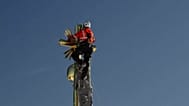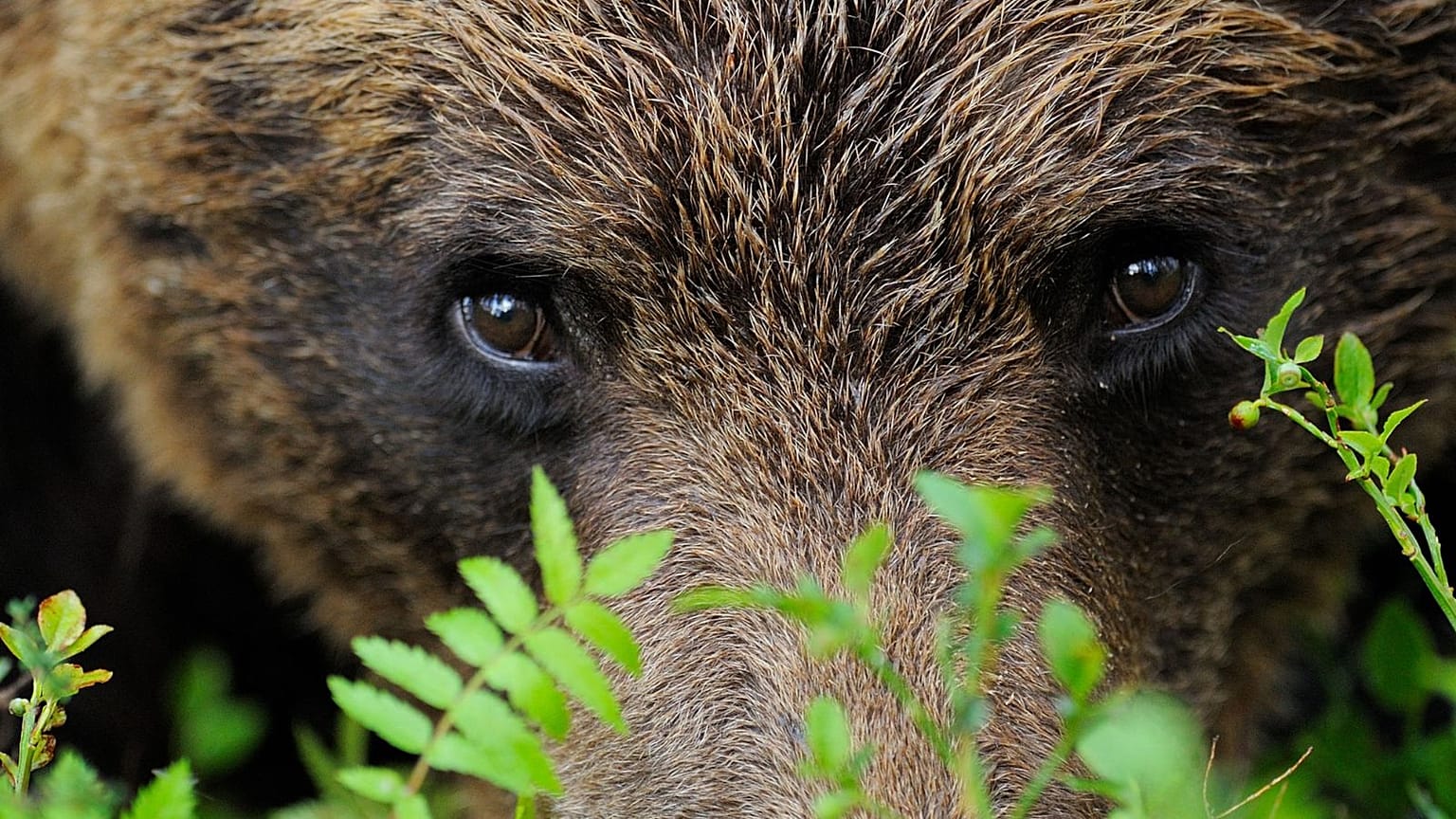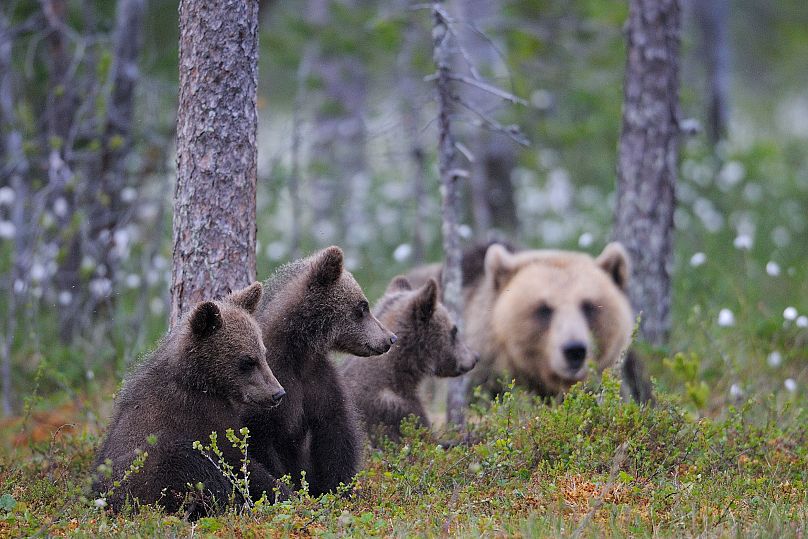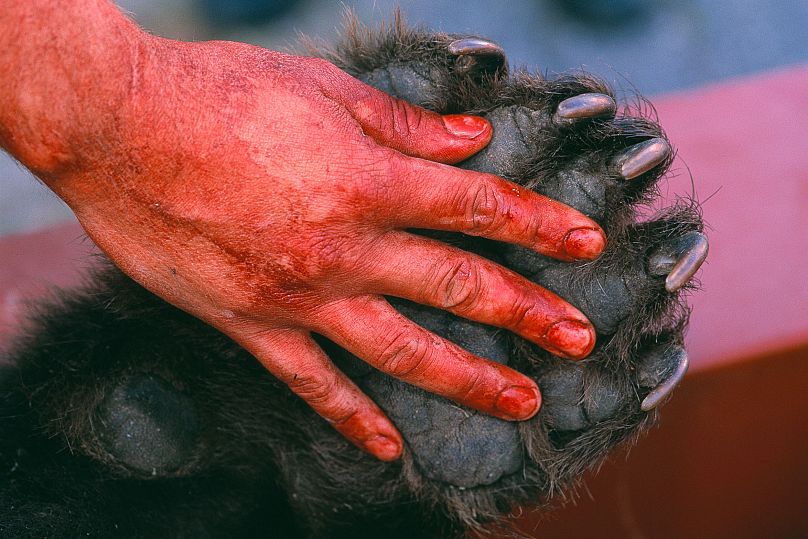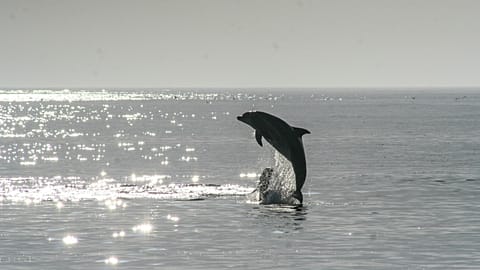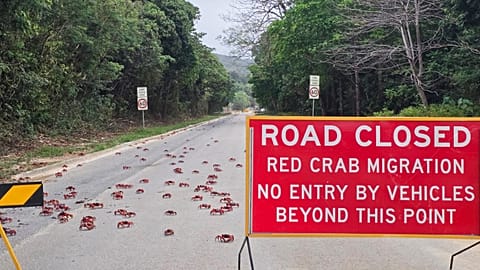Bear defenders say the hunt is more about ‘macho prestige’ than keeping the predators to a safe level.
Around 500 bears are set to be shot in Sweden from tomorrow as the country’s annual licensed hunt begins.
In total, the government has approved the killing of 486 brown bears - 20 per cent of the wild population - between 21 August and 15 October.
Campaigners say this “trophy hunt” is incompatible with the large carnivore’s status as a strictly protected species within the EU.
“There are several ways to better live side by side, with many more than 3,000 bears in Sweden,” says Magnus Orrebrant, chairman of the Swedish Carnivore Association.
“By taking preventive measures to avoid damage and by using the great tourism value of bear watching as a tool for countryside development, which our neighbouring country Finland has proven to be very good at.”
How many brown bears are there in Sweden?
Brown bears were hunted to the brink of extinction in Sweden at the beginning of the last century. They have steadily recovered thanks to protective measures introduced in 1927.
In 2000, around 2,200 bears were estimated to be living in the country, rising to 3,300 in 2008. Compared to this 21st century high, the population dropped to 2,450 bears after last year’s licensed hunt.
Sweden’s Big Five, a carnivore protection project, claims the government is “on a clear path” to cull the bear population to 1,400 - the minimum number of bears needed for conservation purposes.
This, the group points out, would represent a 60 per cent loss from the 2008 peak of Ursus arctos (as the species is officially known).
Campaigners warn 100 years of brown bear conservation progress in Sweden is being undone at an alarming speed.
“We can absolutely not continue to shoot this many bears if we are to have a stable bear population around the 2,400 bears we have today,” says Jonas Kindberg, leader of the Scandinavian Bear research project run by the Swedish University for Agricultural Sciences (SLU) and the Norwegian Institute for Nature Research.
“We risk [quickly facing] critical consequences for the bear population. The bear is sensitive to a high hunting pressure. Bears take 3 to 4 years to mature, they have only a few cubs at a time and only every 2 to 3 years,” he explains.
“During the hunt it is very difficult to tell females from males, and the females are much more valuable to the population. Therefore, you risk ending up in a situation that may take a very long time to repair.”
In addition to the hunting quotas permitted by the Swedish government, bears can also be killed during a so-called ‘protective hunt’, where they are deemed a threat to life or property.
In 2023, according to official statistics, 648 bears were shot during licensed quota hunting and a further 74 bears killed during protective hunting.
Why are brown bears hunted in Sweden?
As in other European countries, Swedish campaigners and hunters are locked in a fierce tussle over their brown bear population - and what counts as a sustainable size.
Over the last century, two people have been killed in bear attacks in Sweden, both in connection with hunting and gun dogs.
In 2022, only 11 sheep were killed by bears in Sweden, out of its 509,000-strong population.
Staffan Widstrand, nature photographer and co-founder of conservation communication initiative Wild Wonders of Europe (which runs Sweden’s Big Five), is therefore sceptical about the motivations for the hunt.
“Bear hunting is considered great fun by some hunters, there is a lot of macho prestige in it, and a possible trophy to be had,” he tells Euronews Green.
While ostensibly carried out to keep a predator species in check, Widstrand thinks licensed hunting is really a way to get rid of bears that hunters see as competitors for their own favourite prey, the moose or elk.
He adds that cases where ‘protective hunting’ is required are rare. The Swedish government has extended the right to protection pre-emptively, he says, so that hunters can also kill bears to prevent possible damage. “Many think that this is stretching the protective hunt a bit far”.
A spokesperson for the Swedish Environmental Protection Agency (SEPA) explains that protective hunting of bears, wolves, wolverines, lynxes, seals and eagles can be carried out in order to prevent serious damage to crops, livestock, forests, fisheries, water or other types of property.
In the northern part of Sweden, for example, “‘in the reindeer grazing area where the reindeer feed their calves, a bear can cause serious damage in a short period of time.
“The serious damage consists of, among other things, the bears eating both calves and adult reindeer, stressing reindeer in a way that calves are aborted or in a way that calves are left behind by the cows.”
Is Sweden’s bear hunt against EU law?
The brown bear is a strictly protected species within the EU, meaning they shouldn’t be deliberately killed according to the bloc’s Habitats Directive.
Campaigners are left wondering how population-regulating bear hunting can be legal.
But SEPA points to a loophole in the directive, which states that countries can authorise, “on a selective basis and to a limited extent, the taking and keeping of certain specimens” including bears. Limited numbers must be determined and hunting must be carried out under strictly supervised conditions.
The Swedish Hunting Ordinance permits licensed hunting, with each county deciding its quota.
This campaign kickback isn’t the first time that Sweden has found itself in hot water over its management of large carnivores.
The European Commission has an open infringement case against the country over its licensed wolf hunt. And a formal complaint was lodged with the Commission in April this year regarding the plight of the lynx.
Sweden’s Big Five will soon be making a formal complaint on behalf of the brown bear too, which they say has played a vital role in the country’s ecosystems since the Ice Age.
The charismatic omnivores mainly eat large amounts of ants, vegetation and berries - spreading seeds far and wide.


